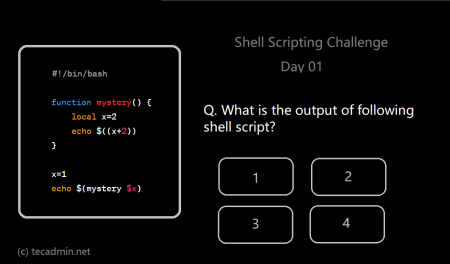As a Linux or Unix user, you are likely to encounter the Bash shell, which is the default command-line interface on most distributions. Bash built-in commands are essential for effectively navigating and controlling your system. These commands are executed directly by the shell, without requiring external binaries. This article will provide a comprehensive guide to Bash built-in commands, including a detailed list in tabular format for easy reference.
Overview of Bash Built-In Commands
Bash built-in commands offer several advantages compared to external utilities. They are generally faster, as they do not require the overhead of launching a new process. Furthermore, they can access and modify the shell environment directly, which is essential for many operations like setting variables or changing directories.
The following table lists the most common Bash built-in commands, along with a brief description and example usage:
| Command | Description | Example Usage |
|---|---|---|
| alias | Create or display command aliases | alias ll=’ls -la’ |
| bg | Resume a suspended job in the background | bg %1 |
| cd | Change the current directory | cd ~/Documents |
| echo | Display a line of text | echo “Hello, World!” |
| eval | Execute a command stored in a variable or string | eval $my_command |
| exec | Replace the shell process with the specified command | exec python3 my_script.py |
| exit | Terminate the shell | exit |
| export | Set environment variables | export PATH=$PATH:/new/directory |
| fg | Bring a background job to the foreground | fg %1 |
| history | Display or manipulate command history | history |
| jobs | List active jobs in the shell | jobs |
| kill | Send a signal to a process | kill -9 12345 |
| pwd | Print the current working directory | pwd |
| read | Read a line from standard input | read user_input |
| readonly | Mark a variable or function as read-only | readonly my_variable |
| set | Set or display shell options and positional parameters | set -o vi |
| shift | Shift positional parameters | shift |
| test | Evaluate a conditional expression | test -d /my/directory && echo “Yes” |
| times | Display process times | times |
| type | Display the type of a command | type ls |
| ulimit | Set or display resource limits | ulimit -n 4096 |
| umask | Set or display the file mode creation mask | umask 022 |
| unalias | Remove command aliases | unalias ll |
| unset | Remove variables, functions, or shell options | unset my_variable |
| wait | Wait for a background job to complete | wait %1 |
Conclusion
Bash built-in commands are powerful tools that can help you become more efficient and effective at the command line. By mastering these commands, you can optimize your workflow, automate tasks, and troubleshoot issues with ease. Use the table provided in this article as a reference, and don’t hesitate to explore additional resources or consult the built-in help system (using help or command –help) to expand your knowledge further.



